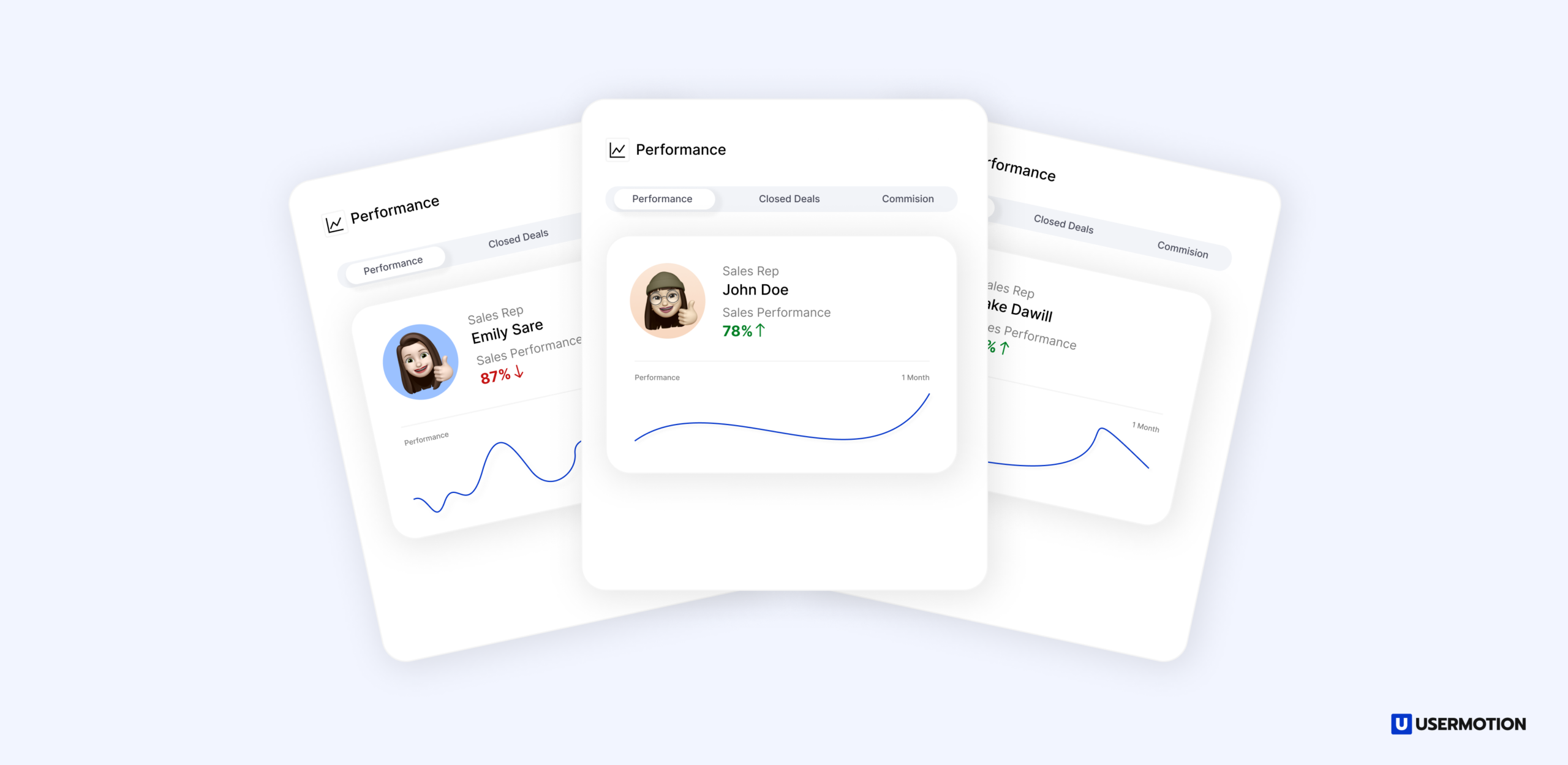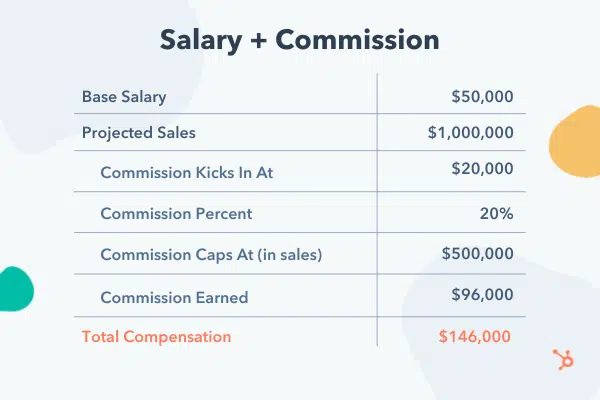Sales teams in modern SaaS companies do more than just sell. They are the cornerstone of all the relationships you build, and they are most likely the key factor in why you retain customers who love you.
You sell subscriptions, not e-commerce. As important as the product is, the sales is crucial to customer engagement.
Support and, most significantly, how they bought your product—probably through the sales team or at least with sales assistance in product-led growth—is key.
Therefore, you should adequately reward the sales team for their important work.
This post will show you how to design a SaaS sales compensation plan for your team.
Key Takeaways
- The sales team’s role is key in retaining customers and building relationships, not just selling products.
- Focus on long-term customer retention for steady recurring revenue.
- Align sales team behavior with business goals and set clear role-specific expectations.
- Keep it straightforward and transparent. Use variable pay components like commission on MRR/ACV.
- Encourage sales teams to secure longer contracts for stable revenue.
- Use accelerators for exceeding quotas and tiered models to encourage high performance.
- Establish achievable sales targets and quotas, adjusting for different sales levels.
- Keep compensation structures simple and understandable.
- Invest in your team’s growth and adapt to market changes.
Understanding the SaaS Sales Environment
💡 Definition
SaaS sales compensation is a way of rewarding salespeople. This compensation includes basic salary and performance-based incentives like commissions. Sales KPIs like new customers, subscription renewals, and income determine these incentives. The framework motivates sales teams to acquire and retain customers to meet corporate growth goals. SaaS solutions are subscription-based, thus long-term clients and recurring revenue are crucial.
SaaS isn’t just a transaction; it isn’t just another competitor in the extensive environment of tools. The key to your success isn’t selling them your product once. You need to make them stay; make them keep wanting your solution.
Why? Because in SaaS, the real value lies in recurring revenue. That steady stream of income that flows from satisfied, loyal customers is the lifeblood of your business.
By far, you probably figured out that the sales team does not only sell your product, but they also foster lasting relationships with your customers. Every call, every email, and every other interaction is just another step in getting the customer to like and trust you.
And that is why building a strong sales team, as well as fairly compensating them for their efforts, is an investment rather than just another cost.
Key Objectives of SaaS Sales Compensation
Let’s uncover what this “superpower of the sales team” ideally looks like:
Aligning Behaviors with Business Goals
The sales team makes it clear to the customer what your business values, what you will provide, and what they should expect. It’s like dancing with them, or more like learning how to be dance partners.
Especially in product-led sales teams, the sales assistance to move the customer forward when needed is essential.
The sales team sets clear:
- What the users will be paying for,
- What you provide,
- And how you provide it.
This communication and transparency build a stronger connection between you and the customer, making them more likely to continue paying for your services as a retaining customer, even in a freemium business model.
Setting Role-Specific Expectations
Every member of your sales team is unique, like a piece of a puzzle.
You’ve got the leaders who set the pace and the sales reps who follow through. Each has a different role, but together, they create a complete picture.
The expectations you set for your team also set the tone for their responsibilities and, thus, affect their compensation expectations.
Designing the SaaS Sales Compensation Structure
Simplicity and Transparency
Let’s keep it real and simple. A SaaS sales compensation plan shouldn’t be a mystery that your team spends hours trying to solve.
It should be clear, so everyone knows what they need to do and what they’ll get in return.
Forcing your employees to illegally “keep their salaries private” will only demotivate them and make them even more curious about whether you are being fair or not.
And, as you can guess, that will affect your business and their sales performance.
Variable Pay Components
If you don’t already know, most sales teams work on a base salary plus commissions per sale they make.
Here’s the deal with the commissions: pay your team a commission based on Monthly Recurring Revenue (MRR) or Annual Contract Value (ACV). It’s like saying, “Hey, you brought us a customer who’s going to stick around and keep paying us? Awesome, here’s your slice of the pie!”
In big contracts, B2B, and SaaS, this commission changes anywhere between 10-20% based on your profit.
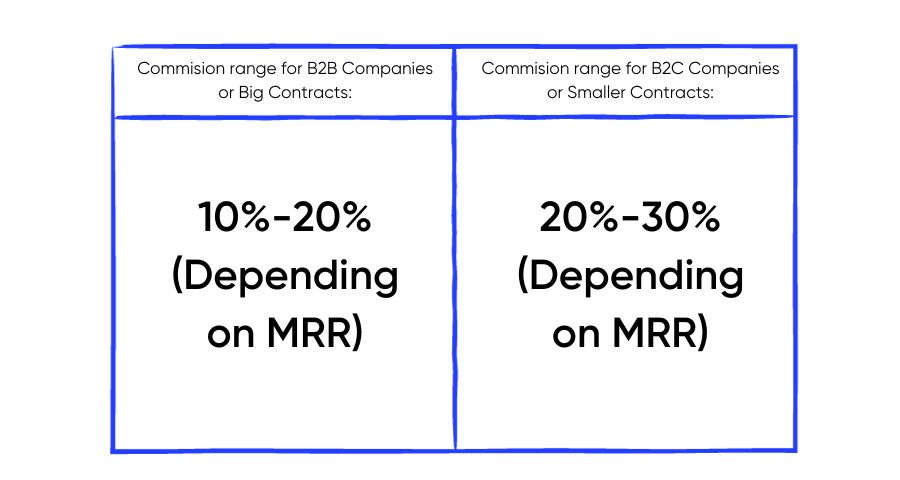
But you can also base the commissions on the contract size – if you don’t mind the extra step that accounting has to go.
This will encourage your team to go for those long-term contracts. It’s like setting up a subscription for success. The longer a customer stays, the more stable your revenue. And for your team? It means more consistent rewards.
Scaling with Gross Margins
As your company grows, so should your sales strategy. Think of your gross margin as a health meter in a game. You want to keep it strong.
And as your sales strategy grows, the load increases; so should the pay – or the commissions.
Motivating High Performance
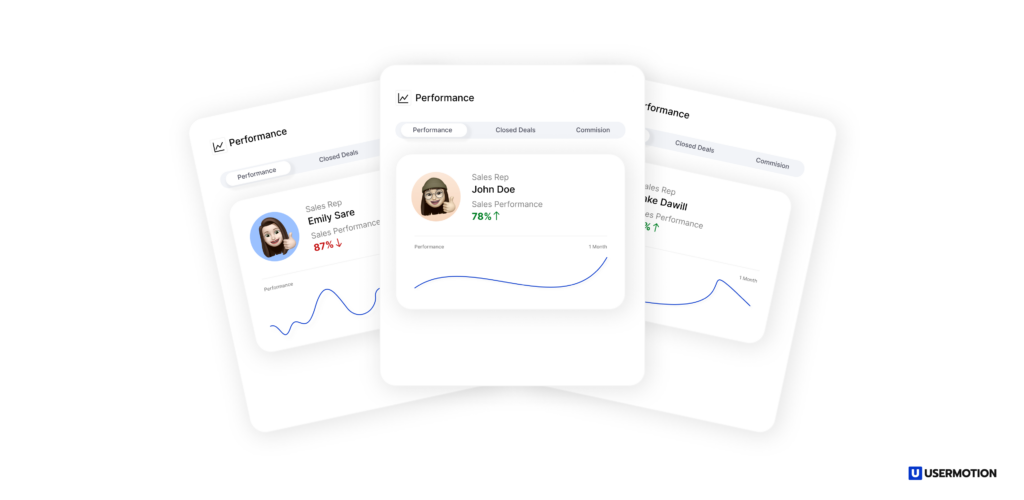
When it comes to employee salaries, rewarding performance is crucial – not only for the sales team but for the sake of the whole work environment.
The Role of Accelerators
If they consistently go over quota and you don’t reward them for their effort, what do you think will happen?
They will stop going over quota.
What do you think will happen if they don’t know they will be reimbursed for going over quota?
They won’t even try.
So, make the distinction between being an average employee and an extraordinary one clear. Because while they get a small bonus, you will get long-lasting customers that will keep paying you for months thanks to their efforts.
Alternative Motivational Strategies
Sometimes, you need more than just the standard playbook. For instance, you can try these methods:
Graduated Commission Rates
Let them level up on their commission benchmark. The better your team performs, the higher the commission rate they unlock. It’s a great way to keep the momentum going.
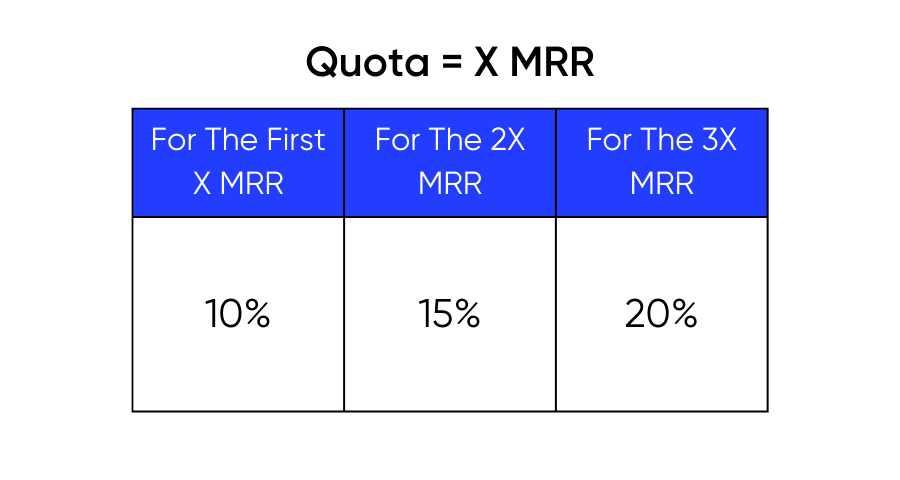
Tiered Accelerator Models
The more sales your team makes beyond their quota, the higher the level of rewards they can achieve. It’s an excellent strategy for pushing top performance and keeping things exciting.
Core Elements of an Effective Sales Compensation Plan
1. Setting Achievable Targets
First things first, your sales targets should be like a well-placed goalpost – challenging but achievable. If the goal is too far, your team might give up before they even start. But if it’s too easy, well, where’s the fun, the challenge that keeps them going in that?
Set targets that push your team to stretch their skills but are still within reach. Make your sales team feel excited about the goals they score.
2. Buffers for Different Sales Levels
Life’s not one-size-fits-all, and neither should your sales plan be.
A new sales rep might not be able to score as high as a seasoned pro. If you don’t give them the incentives and the time to develop themselves, they will be stuck at that stage for a while, and eventually leave.
But you don’t want high turnover rates, right? So, set up buffers – these are like training wheels that help newer team members get up to speed without the pressure of hitting pro-level targets right away.
It’s about giving everyone the tools and time they need to succeed.
3. Commission Rates and OTE
Now, let’s talk money. 💸
Your commission rates and On-Target Earnings (OTE) are the cash prizes your team is eyeing.
OTE is the total amount a salesperson can expect to earn if they hit all their targets. It’s like the big jackpot at the end of a game show.
Keep your commission rates competitive but also tied closely to your business goals.
As I mentioned above, the commission rates for B2B range between 10-20% and this rate goes up to 30% for B2C or e-commerce.
And the on-target earnings should be based on your new business MRR.
This way, when your sales team wins, the company wins too.
4. Quota Setting and Attainment
When it comes to quotas, the path should be clear, and the treasure (quota attainment) should be exciting enough to chase after.
Depending on who you ask, the industry standard ranges from 3x OTE to 8x OTE for an annualized quota.
Make sure these quotas are aligned with your company’s objectives – whether that’s bringing in new customers, upselling, or hitting revenue targets. It’s like setting up a series of challenges that, when completed, lead to the ultimate prize.
Common Mistakes and Best Practices in SaaS Sales Compensation
Apart from over or underpaying your sales reps, there are a few more things that can cause complications. The most common ones are the following:
Avoid Overly Complex Structures
Don’t make the compensation plan a riddle on its own.
You should push your team to perform higher. If it is not clear to them how they will be paid according to their performance, they won’t even try.
For instance, keep your commission upgrade brackets continuously the same. Whether they get higher compensations per customer or per total of sales, don’t make them learn accounting before being able to sell your product.
Continuous Improvement and Development
Don’t only focus on selling. Let your sales team grow themselves. Help them learn new skills, and make sure that they implement those new skills in their job.
You can pay for their courses and webinars, or you can encourage higher education in a related field. Give them time off to improve their skill set.
In short, it’s not only about paying them; it’s also about letting them feel satisfied with what they learn in exchange for the business they bring.
Adapting to Market Changes
10 years ago, SaaS wasn’t as big as it is today. 10 years from now, it could be everything.
So, don’t be resistant to change while the whole market changes.
Stay up-to-date on how your competitors adapt to change. Follow the latest trends. And most importantly, ask your sales team whether they are satisfied or they feel like things have changed, and if they also need a change in pay or commission structure.
Conclusion
Crafting a SaaS sales compensation plan is like setting up a winning strategy in a dynamic game. Key takeaways?
Keep it simple yet motivating, set achievable targets, and remember to adjust for different levels of sales experience. Your plan should not only drive high performance but also align with your company’s growth and goals.
As your SaaS business evolves, so should your compensation plan. Stay adaptable, and always ready to tweak your strategy based on market trends and company growth.
This isn’t a set-it-and-forget-it deal; it’s an ongoing process of improvement. By staying flexible and responsive, you’ll ensure that your sales team remains a driving force behind your business’s success.
Frequently Asked Questions
What is the compensation structure for SaaS sales?
The compensation structure for SaaS sales typically includes a combination of base pay and variable pay, which encompasses commissions and bonuses. The variable component is often tied to performance metrics like Monthly Recurring Revenue (MRR) or Annual Contract Value (ACV) and may include incentives for securing long-term contracts.
How do I create a sales compensation plan?
To create a SaaS sales compensation plan, start by setting clear, achievable targets that align with your business objectives. Incorporate a mix of base salary and variable pay, such as commission on sales metrics like MRR or ACV. Ensure the plan is simple and transparent, with the potential for higher earnings through accelerators for exceeding quotas. Regularly review and adjust the plan to align with your company’s growth and market changes.
What is a typical sales commission for SaaS?
A typical sales commission for SaaS usually ranges around 10% of the Annual Contract Value (ACV) or Monthly Recurring Revenue (MRR). This rate can vary depending on factors like the company’s size, the salesperson’s experience, and the complexity of the sales cycle.

